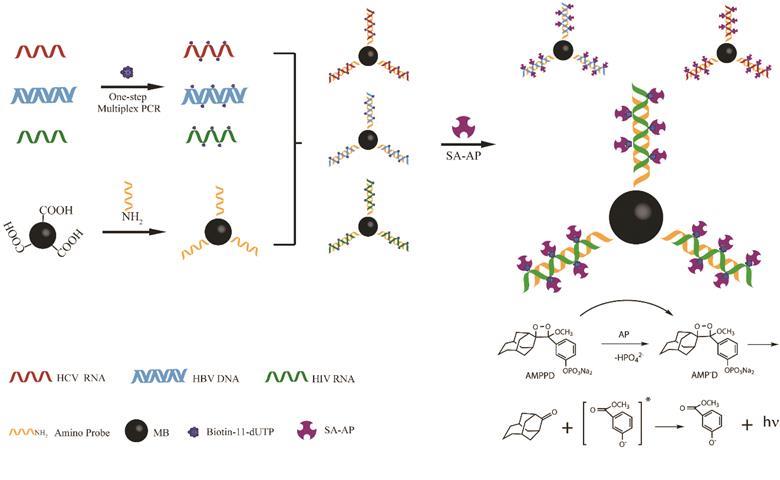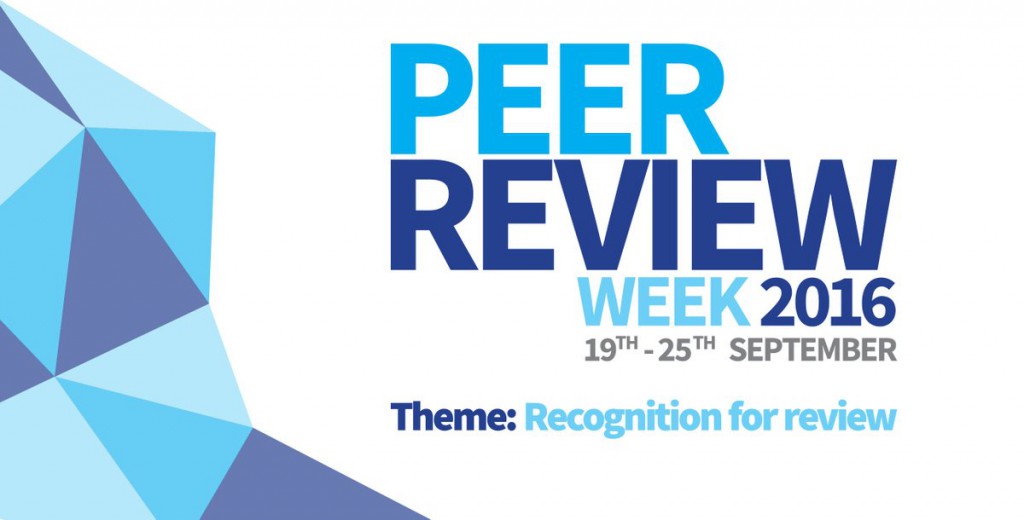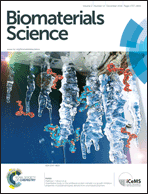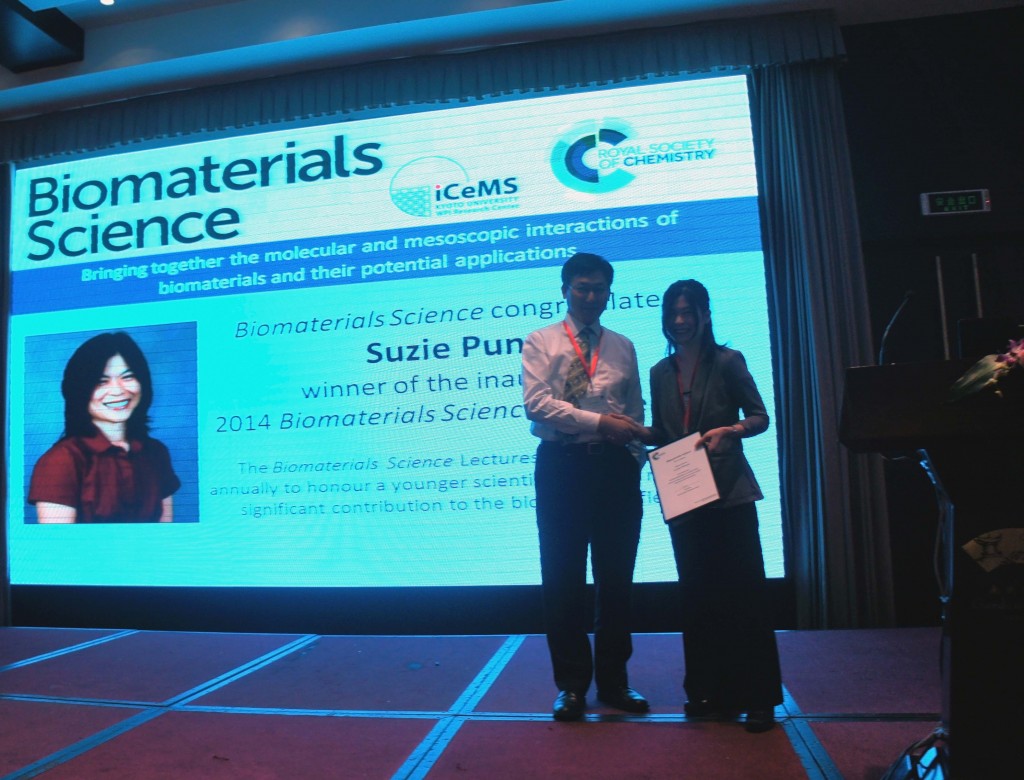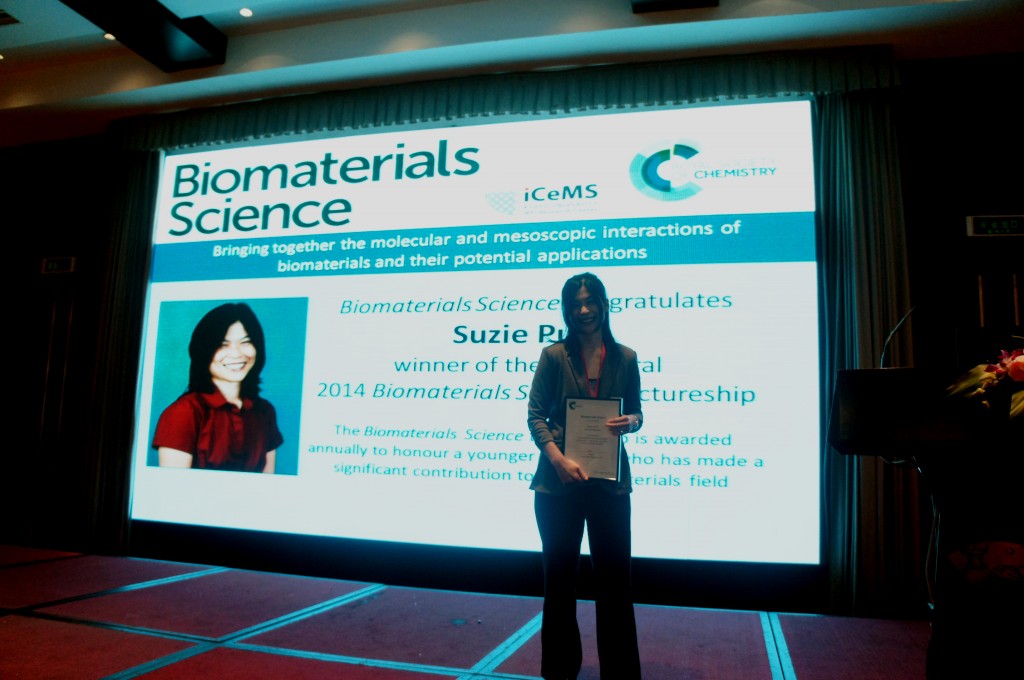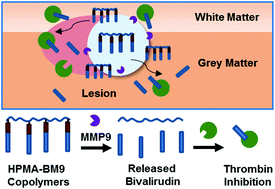Visitors to the Biomaterials Science website may have noticed that we have made some changes to the journal’s scope statement. These changes are the result of conversations with researchers about how the journal can best serve a dynamic, multi-disciplinary and still relatively young research field.
Over its first two years of publication, Biomaterials Science has begun to establish itself as a home for research which provides insight into the fundamental science of biomaterials. With our updated scope statement, we hope to emphasise what distinguishes the journal from others in the field.
To help authors get a better feel of the scope and standards of Biomaterials Science, we have included a list of papers that we believe are particularly characteristic of the journal. This list will be regularly updated as we continue to publish cutting edge biomaterials science research.
Our updated scope statement:
Biomaterials Science is an international, high impact journal exploring the underlying science behind the function, interactions and design of biomaterials. Its scope encompasses insights into the chemistry, biology and materials science underpinning biomaterials research, new concepts in biomaterials design, and using materials to answer fundamental biological questions.
The journal is a collaborative venture between the Royal Society of Chemistry and the Institute for Integrated Cell-Material Sciences, Kyoto University, Japan. It publishes primary research and review-type articles which advance fundamental understanding in areas including:
Molecular design of biomaterials, including proof of concept studies
How to optimize binding of coated nanoparticles: coupling of physical interactions, molecular organization and chemical state
R. J. Nap and I. Szleifer
Incorporation of sulfated hyaluronic acid macromers into degradable hydrogel scaffolds for sustained molecule delivery
Brendan P. Purcell, Iris L. Kim, Vanessa Chuo, Theodore Guenin, Shauna M. Dorsey and Jason A. Burdick
Science of cells and materials at the mesoscale
Mesoscopic science, where materials become life and life inspires materials
Norio Nakatsuji
Sub-100 nm patterning of TiO2 film for the regulation of endothelial and smooth muscle cell functions
R. Muhammad, S. H. Lim, S. H. Goh, J. B. K. Law, M. S. M. Saifullah, G. W. Ho and E. K. F. Yim
Changing ligand number and type within nanocylindrical domains through kinetically constrained self-assembly – impacts of ligand ‘redundancy’ on human mesenchymal stem cell adhesion and morphology
Haiqing Li and Justin J. Cooper-White
Materials as model systems for stem cell biology
Biomaterial arrays with defined adhesion ligand densities and matrix stiffness identify distinct phenotypes for tumorigenic and non-tumorigenic human mesenchymal cell types
Tyler D. Hansen, Justin T. Koepsel, Ngoc Nhi Le, Eric H. Nguyen, Stefan Zorn, Matthew Parlato, Samuel G. Loveland, Michael P. Schwartz and William L. Murphy
Artificial microniches for probing mesenchymal stem cell fate in 3D
Yujie Ma, Martin P. Neubauer, Julian Thiele, Andreas Fery and W. T. S. Huck
Synthetic hydrogel platform for three-dimensional culture of embryonic stem cell-derived motor neurons
Daniel D. McKinnon, April M. Kloxin and Kristi S. Anseth
A high-throughput polymer microarray approach for identifying defined substrates for mesenchymal stem cells
Cairnan R. E. Duffy, Rong Zhang, Siew-Eng How, Annamaria Lilienkampf, Guilhem Tourniaire, Wei Hu, Christopher C. West, Paul de Sousa and Mark Bradley
Materials for tissue engineering and regenerative medicine
A microstereolithography resin based on thiol-ene chemistry: towards biocompatible 3D extracellular constructs for tissue engineering
Ian A. Barker, Matthew P. Ablett, Hamish T. J. Gilbert, Simon J. Leigh, James A. Covington, Judith A. Hoyland, Stephen M. Richardson and Andrew P. Dove
Evaluation of MMP substrate concentration and specificity for neovascularization of hydrogel scaffolds
S. Sokic, M. C. Christenson, J. C. Larson, A. A. Appel, E. M. Brey and G. Papavasiliou
Heparin-induced conformational changes of fibronectin within the extracellular matrix promote hMSC osteogenic differentiation
Bojun Li, Zhe Lin, Maria Mitsi, Yang Zhang and Viola Vogel
Materials and systems for therapeutic delivery
Cargo delivery to adhering myoblast cells from liposome-containing poly(dopamine) composite coatings
Martin E. Lynge, Boon M. Teo, Marie Baekgaard Laursen, Yan Zhang and Brigitte Städler
“Nail” and “comb” effects of cholesterol modified NIPAm oligomers on cancer targeting liposomes
Wengang Li, Lin Deng, Basem Moosa, Guangchao Wang, Afnan Mashat and Niveen M. Khashab
Protein–polymer therapeutics: a macromolecular perspective
Yuzhou Wu, David Y. W. Ng, Seah Ling Kuan and Tanja Weil
Interactions at the biointerface
Fibronectin-matrix sandwich-like microenvironments to manipulate cell fate
J. Ballester-Beltrán, D. Moratal, M. Lebourg and M. Salmerón-Sánchez
Biophysical properties of nucleic acids at surfaces relevant to microarray performance
Archana N. Rao and David W. Grainger
Biologically inspired and biomimetic materials, including bio-inspired self-assembly systems and cell-inspired synthetic tools
DNA origami technology for biomaterials applications
Masayuki Endo, Yangyang Yang and Hiroshi Sugiyama
Quantitative study on the antifreeze protein mimetic ice growth inhibition properties of poly(ampholytes) derived from vinyl-based polymers
Daniel E. Mitchell, Mary Lilliman, Sebastian G. Spain and Matthew I. Gibson
Next-generation tools and methods for biomedical applications
Application of biomaterials for the detection of amyloid aggregates
Tamotsu Zako and Mizuo Maeda
Alteration of epigenetic program to recover memory and alleviate neurodegeneration: prospects of multi-target molecules
Ganesh N. Pandian, Rhys D. Taylor, Syed Junetha, Abhijit Saha, Chandran Anandhakumar, Thangavel Vaijayanthi and Hiroshi Sugiyama
Nanoscale semiconductor devices as new biomaterials
John Zimmerman, Ramya Parameswaran and Bozhi Tian
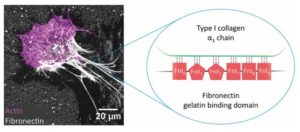 In this paper, the authors investigate the underpinning mechanisms how macromolecular crowding, a property of the native extracellular environment that tissue engineers mimic in in vitro cell culture, accelerates the assembly of a tissue matrix environment by the cultured cells themselves. The authors demonstrate that crowding increases the deposition of low-tension fibronectin to the substrate surface, which then acts as a scaffold for collagen matrix assembly. Although previous studies showed that crowding enhances the enzymatic cleavage of collagen and collagen polymer assembly, this work found that fibroblast cells must first build fibronectin fibers before collagen matrix can be assembled, and that this process is also accelerated by crowding. In fact, if cells are not able to harvest fibronectin from their environment and build fibers due to, for instance, chemical crosslinking, the enhancing effect of crowding on matrix assembly is abolished. These findings identify fibronectin as a key component in tissue engineering systems and demonstrate that adding supplemental fibronectin in the form of an adsorbed surface coating can further accelerate extracellular matrix assembly in a crowded cell culture environment.
In this paper, the authors investigate the underpinning mechanisms how macromolecular crowding, a property of the native extracellular environment that tissue engineers mimic in in vitro cell culture, accelerates the assembly of a tissue matrix environment by the cultured cells themselves. The authors demonstrate that crowding increases the deposition of low-tension fibronectin to the substrate surface, which then acts as a scaffold for collagen matrix assembly. Although previous studies showed that crowding enhances the enzymatic cleavage of collagen and collagen polymer assembly, this work found that fibroblast cells must first build fibronectin fibers before collagen matrix can be assembled, and that this process is also accelerated by crowding. In fact, if cells are not able to harvest fibronectin from their environment and build fibers due to, for instance, chemical crosslinking, the enhancing effect of crowding on matrix assembly is abolished. These findings identify fibronectin as a key component in tissue engineering systems and demonstrate that adding supplemental fibronectin in the form of an adsorbed surface coating can further accelerate extracellular matrix assembly in a crowded cell culture environment.










